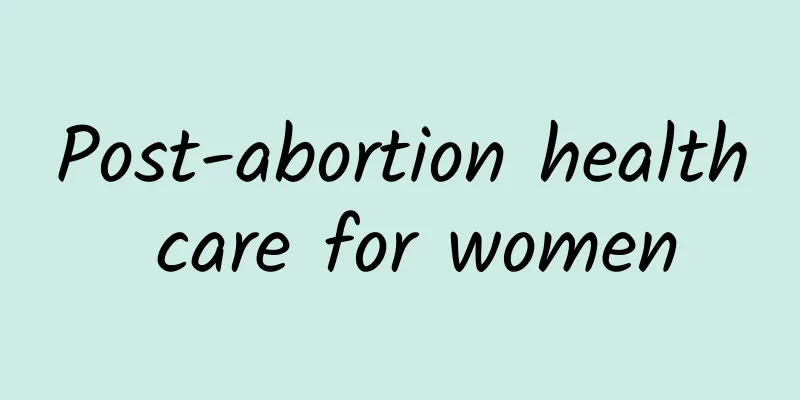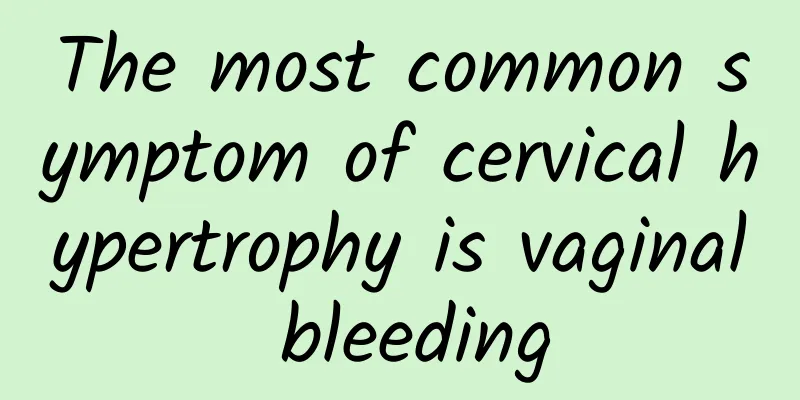What are the effective treatments for uterine fibroids?

|
Treatments for uterine fibroids include medication, surgery, and lifestyle adjustments. The specific choice depends on the condition and patient needs. Common medications include gonadotropin-releasing hormone agonists, mifepristone, and oral contraceptives. Surgical treatments include myomectomy, uterine artery embolization, and hysterectomy. Lifestyle adjustments include increasing dietary fiber intake, reducing red meat intake, and maintaining moderate exercise. 1. Drug treatment is a common choice for uterine fibroids and is suitable for patients with mild symptoms or who wish to retain their fertility. Gonadotropin-releasing hormone agonists can reduce the size of fibroids by inhibiting ovarian function and reducing estrogen secretion, but long-term use may lead to osteoporosis. Mifepristone is an anti-progestin drug that can inhibit the growth of fibroids and relieve symptoms, but it must be used under the guidance of a doctor. Oral contraceptives can reduce menstrual volume and relieve dysmenorrhea by regulating hormone levels, but they have limited effect on reducing the size of fibroids. 2. Surgical treatment is suitable for patients with severe symptoms or ineffective drug treatment. Myomectomy is a surgical procedure to remove fibroids and preserve the uterus. It is suitable for patients who want to have children, but there is a risk of recurrence. Uterine artery embolization blocks the blood supply to fibroids, causing them to gradually shrink. It is less traumatic, but may affect ovarian function. Hysterectomy is suitable for patients who do not want to have children or have large fibroids. It completely solves the fibroid problem, but they cannot have children after surgery. 3. Lifestyle adjustment plays a certain role in the prevention and adjuvant treatment of uterine fibroids. Increasing dietary fiber intake helps regulate hormone levels and reduce the risk of fibroid growth. It is recommended to eat more whole grains, vegetables and fruits. Reducing red meat intake can reduce estrogen levels in the body. It is recommended to choose high-quality protein sources such as fish and beans. Maintaining moderate exercise helps control weight and reduce the secretion of estrogen by adipose tissue. It is recommended to do 150 minutes of moderate-intensity aerobic exercise per week. The treatment of uterine fibroids requires selecting the appropriate method based on the patient's specific situation. Drug treatment, surgical treatment and lifestyle adjustment each have their own advantages and disadvantages. It is recommended to carry out comprehensive treatment under the guidance of a doctor to achieve the best results. |
<<: Will it be the same if I get pregnant again after a missed abortion?
>>: How is ectopic pregnancy surgery performed?
Recommend
What are the causes of dysmenorrhea in girls?
The phenomenon of severe lower abdominal pain dur...
Can women take birth control pills after painless abortion?
Taking emergency contraceptive pills after an abo...
What are the dangers of abortion for women? Women should eat more of these 6 foods after abortion
Many women get pregnant unexpectedly, but when th...
How long does it take for cervical precancerous lesions to recur?
Cervical precancerous lesions are a relatively co...
What are the symptoms of pelvic inflammatory disease?
Symptoms of pelvic inflammatory disease generally...
How should vaginitis be examined?
Vaginitis is an inflammation of the vaginal mucos...
Three causes of cervicitis
If cervicitis is not treated in time, it will cau...
Why does suction occur during abortion?
Aspiration refers to the negative pressure aspirat...
Initial diagnosis of ectopic pregnancy
Since ectopic pregnancy has a great impact on fem...
Will adenomyosis aggravate miscarriage? What are the symptoms?
Will miscarriage be aggravated by adenomyosis? Wh...
Not just for losing weight! 10 reasons why you and I must continue to exercise and keep fit
Everyone knows that developing a good habit of ex...
Chinese medicine Codonopsis pilosula replenishes vitality and is cultivated locally, so there is no need to worry about unscrupulous goods
The Council of Agriculture's Hualien District...
Are cervical cysts the same as ovarian cysts? How are they treated?
Cervical cysts and ovarian cysts are two complete...
How to effectively prevent cervical warts
Cervical warts are caused by human papillomavirus...
Methods for diagnosing and treating third degree cervical erosion
Among gynecological diseases, cervical erosion is...









